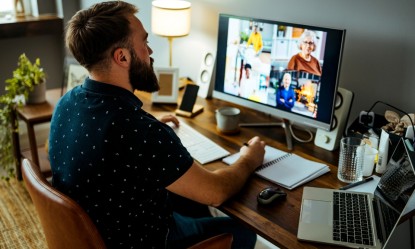Agenda

Lees meer CFPB Kenniskring IV
Voor onze deelnemers aan het programma Werk in Transitie organiseren wij 4x per jaar een kenniskring.
Lees meer

Voor onze deelnemers aan het programma Werk in Transitie organiseren wij 4x per jaar een kenniskring.
Lees meer